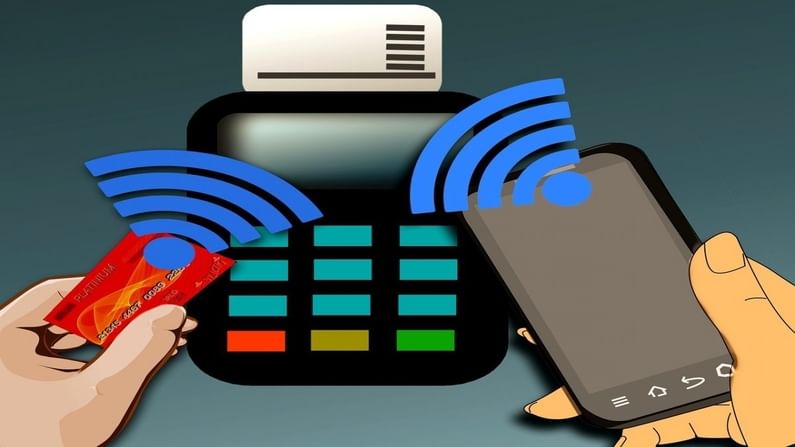UPI cashback or credit card reward points: What's your pick?
With multiple options, comes multiple dilemmas! All of us, at some point, are asked to choose the most profitable mode of online payment to maximize earnings. A debate between which is better: Credit card or UPI has come with multiple arguments and justifications to lure the customers. UPI-linked applications like Google Pay, PhonePe, BHIM, etc. […]

With multiple options, comes multiple dilemmas! All of us, at some point, are asked to choose the most profitable mode of online payment to maximize earnings.
A debate between which is better: Credit card or UPI has come with multiple arguments and justifications to lure the customers.
UPI-linked applications like Google Pay, PhonePe, BHIM, etc. keep advancing their features. For example, Paytm offers 100% cashback to first time users on various digital transactions.
Credit cards, on the other hand, give reward points on every purchase. For example, a flight ticket bought through credit card, will earn you some reward points. These points can be redeemed later for vouchers, purchases, hotel bookings etc.
“As an online shopper, I am often left confused between the option to pay through my credit card or UPI-linked apps since both have their unique benefits. Credit card points can always be redeemed and seem to be a better choice,” Ashwini Kumar, a serviceman from Lucknow, said.
However, UPI-linked apps have their fan clubs being run by the millennials.
“My generation has seen the birth and rise of applications like Google Pay and Paytm. It’s easy to use and appears less complicated compared to credit cards,” Ankit Tiwari, a digital journalist from Noida, said.
Since both credit cards and UPI apps provide benefits, which option should be used? Money9 takes a look.
Card holders should compare the cashback, scratch cards, etc. offered on UPI modes with the offers on credit card usage.
“In case of transactions with no cashbacks, discounts or scratch cards, from the UPI service providers, swiping the credit card would be more preferable as almost all credit card transactions earn reward points for the card holder. These reward points can then be redeemed later for buying merchandise or services,” Sahil Arora – Director, Paisabazaar.com, said.
Using credit cards can help consumers in managing their finances as these come with an interest free period of up to 52 days.
Credit card bills paid within the due date do not incur any interest cost.
“Moreover, many merchants have also started offering zero-cost EMI option on select credit card transactions where the interest cost is borne by the merchant and the card holder just has to repay the purchase cost in the form of EMIs and the GST incurred on the interest component. Some also offer additional discounts on opting for the zero-cost EMI. Additionally, credit card holders also get the option of converting their transactions beyond a certain threshold amount into EMIs. Thus, the choice between UPI and credit card should also depend on the consumer’s requirement of converting the transaction into EMIs,” Sahil Arora asserted.
In the age of contactless payments, UPI has an edge over credit cards for offline contactless transactions exceeding Rs 5,000.
“The limit for contactless payments through credit card has been hiked from Rs 2,000 to Rs 5,000 per transaction. The limit for UPI transfers can go up to Rs 1 lakh per day depending on the limit set by the individual banks. Thus, UPI has an edge over credit cards for offline contactless transactions exceeding Rs 5,000. Moreover, the penetration of UPI-based apps is higher than credit cards. This has increased the lead of UPI over credit cards in terms of contactless payments,” Arora said.

